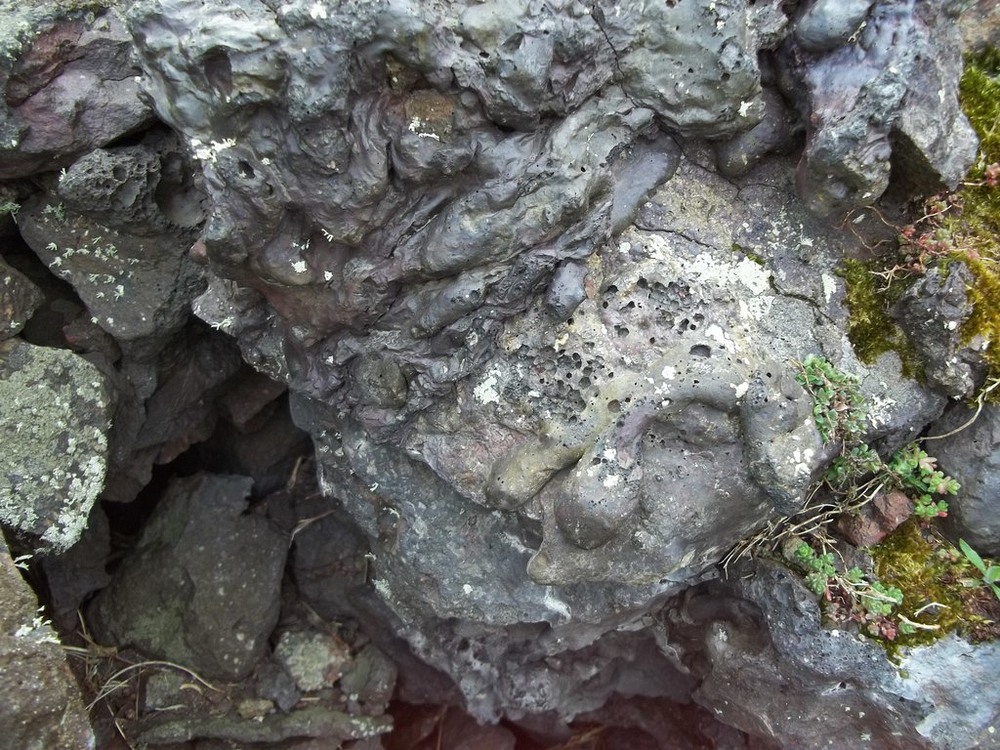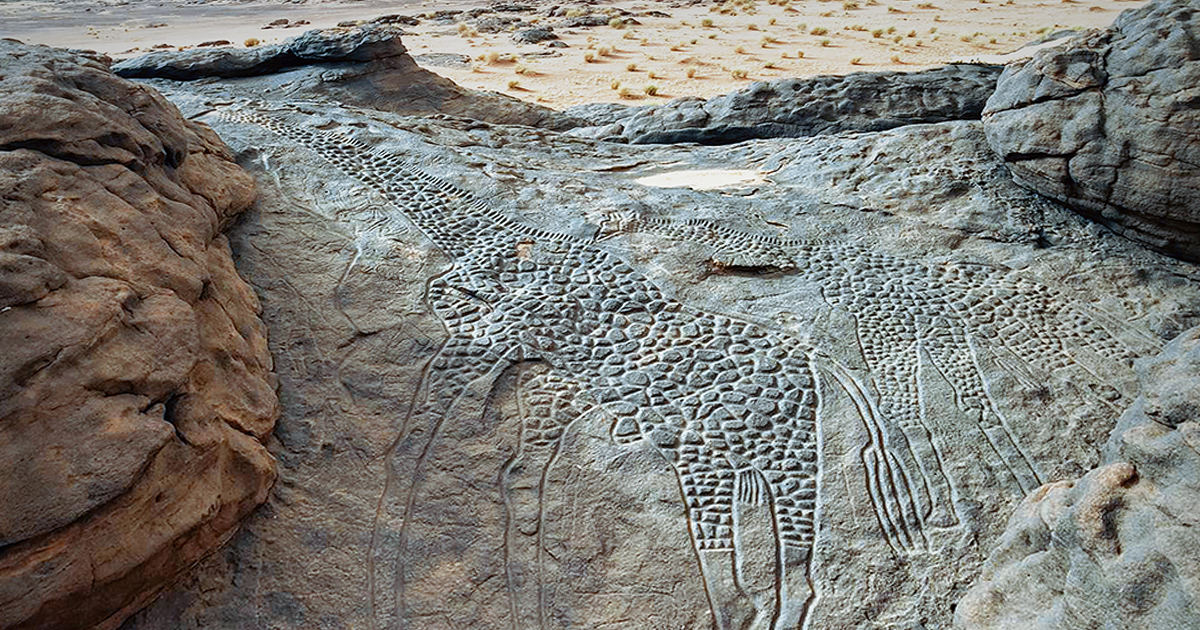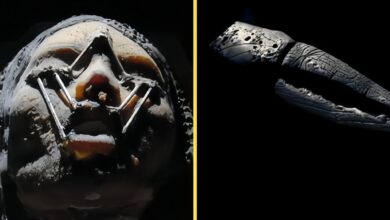12 Most Incredible Finds That Scientists Still Can’t Explain
This collection of mysterious artifacts and sites from various cultures around the world presents a range of puzzling questions that continue to baffle scientists and archaeologists. From vitrified fortresses in Europe to the enigmatic Longyou Caves in China, these relics challenge our understanding of ancient technology and beliefs.
In Europe, the vitrified fortresses, particularly prevalent in Scotland, feature stone walls that have been melted into glass, an achievement that seems beyond the technological capacity of the time. How could these ancient peoples generate the extreme heat necessary for such a transformation remains unsolved.
Ehrlich’s Gate in the Altai Mountains is another enigmatic formation, seemingly a natural rock structure but shrouded in legend. Could it really be a portal between worlds, as some believe, or simply a fascinating example of geological coincidence?
The Mesoamerican obsidian sculptures, created by pre-Columbian peoples, are another mystery. Obsidian, a fragile volcanic glass, was used to craft intricate items, some resembling modern-day objects like compact discs. The precision of these sculptures raises questions about the tools and techniques used, which seem far ahead of their time.
Further adding to the mystique are the clay tablets found along the coast of the United States, one of which bears a striking resemblance to the fictional creature Cthulhu. Was it a modern creation, inspired by H.P. Lovecraft, or did Lovecraft himself draw inspiration from such an ancient artifact?
In Sardinia, the towering Giants of Mont’e Prama, statues from the Nuragic civilization, have also puzzled researchers. Standing over eight feet tall, their purpose remains unknown, but some speculate that they served as guardians of the dead.
The Neolithic statues of Ain Ghazal, Jordan, with their strange proportions and lifelike eyes, raise even more questions. With no written records to accompany them, we are left to guess at their significance and the civilization that created them.
Palpa Pampa in Peru, overshadowed by the famous Nazca lines, boasts its own geoglyphs, some of which might have served as celestial or timekeeping tools. Were these complex designs a form of ancient calendar, or something even more mysterious?
Meanwhile, the Dabous Giraffes in the Sahara Desert, massive petroglyphs of giraffes and other animals, challenge our understanding of prehistoric art and culture. Could early humans have domesticated giraffes, as the carvings suggest?
The enormous Minoan axes found in Niru, Crete, are another oddity. Far too large for normal-sized humans to wield, these intricately decorated weapons remain a mystery. Were they ceremonial, or could they suggest the existence of a race of giants?
In Egypt, the discovery of massive granite boxes near the Great Pyramid of Giza adds to the intrigue. Perfectly crafted to micron precision and airtight, these boxes, found at the Serapeum of Saqqara, were possibly used to contain the sacred Apis bulls, but the technology required to create them seems beyond the Egyptians of 3,300 years ago.
The Monolith of Tlaloc in Mexico City is revered as a symbol of the Aztec god of rain, and its history is accompanied by tales of supernatural storms. When the statue arrived in Mexico City in 1963, an out-of-season rainstorm drenched the city for a week, adding to its eerie reputation.
Finally, the Longyou Caves in China, with their undeciphered inscriptions and precise craftsmanship, pose perhaps the greatest mystery of all. How such an enormous complex could have been excavated without leaving a trace of its creators remains an enigma.
These artifacts and sites provide a glimpse into the unknown, leaving us with more questions than answers about the capabilities and beliefs of ancient civilizations.










